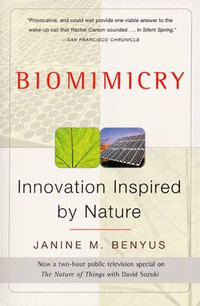
At a Glance
eText
$395.93
or
Instant online reading in your Booktopia eTextbook Library *
Read online on
Desktop
Tablet
Mobile
Not downloadable to your eReader or an app
Why choose an eTextbook?
Instant Access *
Purchase and read your book immediately
Read Aloud
Listen and follow along as Bookshelf reads to you
Study Tools
Built-in study tools like highlights and more
* eTextbooks are not downloadable to your eReader or an app and can be accessed via web browsers only. You must be connected to the internet and have no technical issues with your device or browser that could prevent the eTextbook from operating.
ISBN: 9780080531908
ISBN-10: 0080531903
Series: Chemical Engineering Monographs
Published: 13th April 1995
Format: ePUB
Language: English
Number of Pages: 546
Publisher: Elsevier S & T
You Can Find This eBook In
This product is categorised by
- Non-FictionEngineering & TechnologyTechnology in GeneralEngineering in General
- Non-FictionEngineering & TechnologyBiochemical Engineering
- Non-FictionEngineering & TechnologyMechanical Engineering & MaterialsMaterials Science
- Non-FictionScienceChemistryOrganic Chemistry
- Non-FictionSciencePhysicsThermodynamics & Heat
- Non-FictionEngineering & TechnologyMechanical Engineering & MaterialsMechanical EngineeringEngines & Power Transmission
- Non-FictionEngineering & TechnologyEnergy Technology & Engineering
- Non-FictionEngineering & TechnologyIndustrial Chemistry & Manufacturing TechnologiesIndustrial ChemistryChemical Engineering























